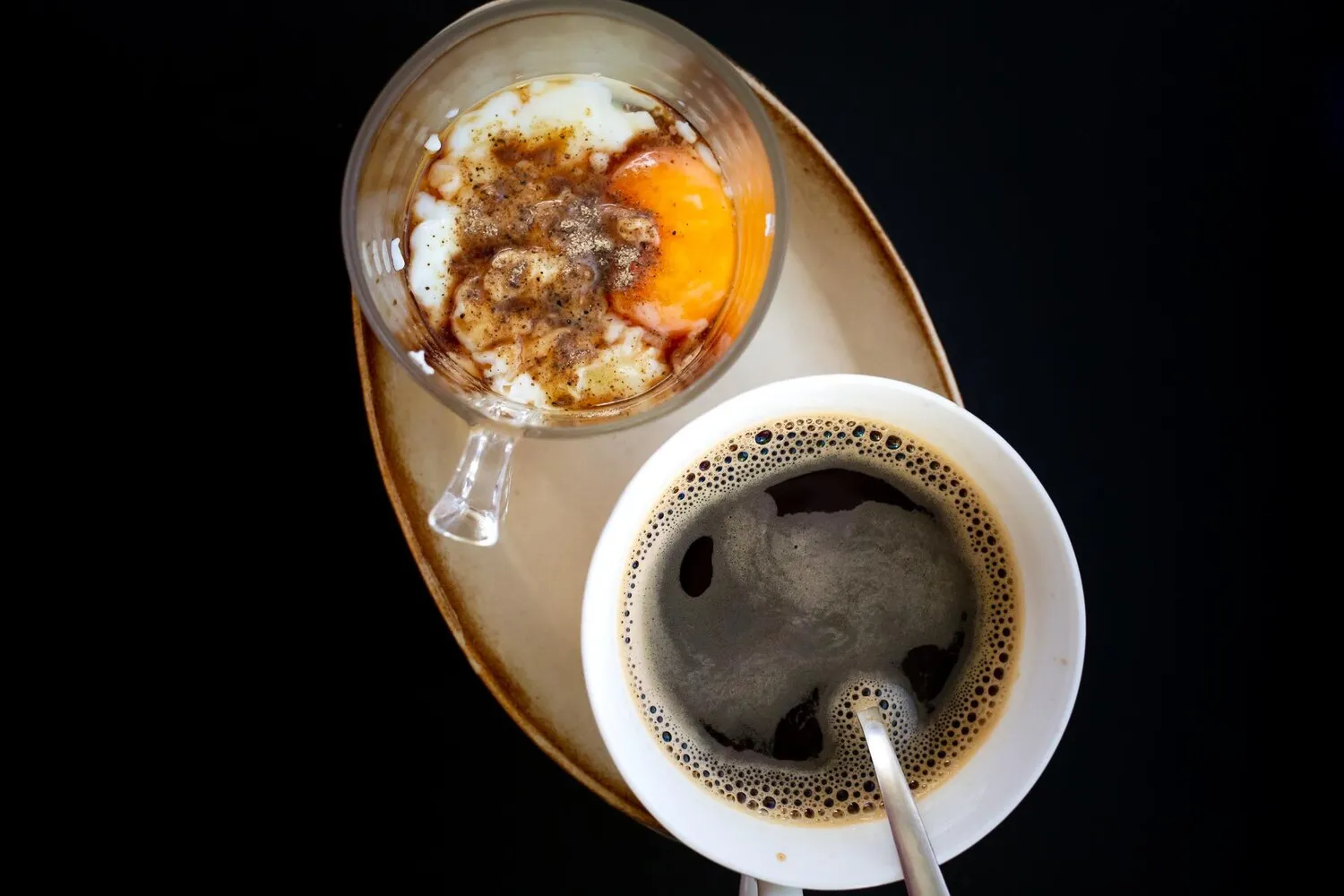
Batidos
Cuban milkshake, with various flavors. Popular flavors include chocolate, vanilla, and trigo (wheat).
Nutrition Facts
* The % Daily Value (DV) tells you how much a nutrient in a serving of food contributes to a daily diet. 2,000 calories a day is used for general nutrition advice.
Batidos, Cuban milkshakes, reflect the island's history with a blend of Spanish colonial influences (dairy farming, sugar production) and American influence (the popularization of milkshakes in the 20th century). The use of tropical fruits and locally sourced ingredients defines the Cuban twist on this classic beverage.
Batidos are an integral part of Cuban daily life, often enjoyed as a refreshing breakfast, a mid-day snack, or a dessert. They are a symbol of simple pleasures and resourcefulness, utilizing readily available ingredients to create a delicious and satisfying treat.
Family Tradition
Batidos are commonly prepared at home and enjoyed as a family. The recipe is often passed down through generations, with each family having their own unique variations.
Street Food Staple
Batidos are widely available from street vendors and 'paladares' (private restaurants), offering a quick and affordable refreshment, especially during the hot Cuban summers.
Resourcefulness and Adaptation
The ingredients used in batidos often reflect the availability of local resources. During times of scarcity, resourceful substitutions are made to ensure that the tradition continues.
Batidos in Cuba are known for their simple yet refreshing flavors, often featuring fresh fruit, dairy, and a touch of sugar. Chocolate, vanilla, and trigo (wheat) are popular choices, but the true essence lies in the island's abundant tropical fruits.
Popular Batido flavors include: Chocolate (using Cuban chocolate or cocoa), Vanilla (using vanilla extract or fresh vanilla bean if available), Trigo (wheat, often made with a wheat-based cereal like Malta Hatuey or similar), Platano (banana), Mango, Mamey, Guanabana (soursop), Fresa (strawberry), and Piña (pineapple). The base usually consists of milk (whole milk being the most common, but variations with evaporated milk exist), sugar (or sometimes honey or condensed milk), and ice. The fruits are typically very ripe and sweet, requiring minimal additional sugar.
Freshness is Key
Use the freshest, ripest fruits available for the most intense flavor. Overripe fruits work particularly well, as they provide natural sweetness and creaminess.
Adjust the Sweetness
Taste the batido before adding sugar. Depending on the sweetness of the fruit, you may need less or none at all. Condensed milk can also be used for added sweetness and creaminess, but use it sparingly.
Consistency Control
Adjust the amount of ice to achieve the desired consistency. Start with a small amount and add more as needed. For a thicker shake, use frozen fruit.
The Trigo Secret
For the Trigo batido, use authentic Cuban Malta Hatuey or a similar wheat based cereal. The cereal adds a unique malt flavor and a slightly gritty texture that is characteristic of this popular variation. Let the cereal soak in a little milk for a few minutes before blending for a smoother result.
Explore additional Drink dishes and restaurants
Explore DrinkDiscover top dining spots and culinary experiences in Detroit.
Explore DetroitLearn more about the food culture, restaurant scene, and culinary heritage of United States.
Explore United States